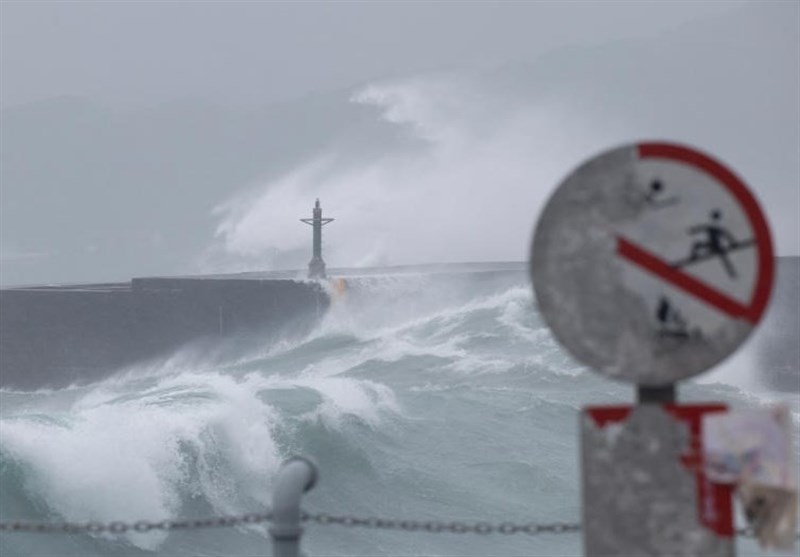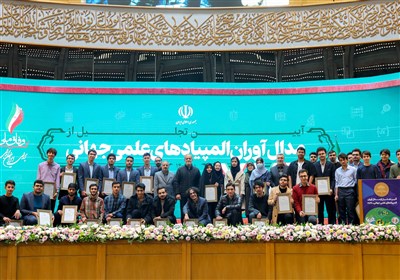Taiwan Leverages AI to Predict Typhoon Paths with Growing Accuracy
TEHRAN (Tasnim) - As tropical storm Bebinca intensifies near northern Taiwan, local weather forecasters are using artificial intelligence (AI) to track its course, following successful trials with AI-based prediction models earlier this year.
Tropical storm Bebinca is rapidly approaching waters near northern Taiwan, gathering strength and potentially transforming into a typhoon.
To better predict its trajectory, meteorologists in Taipei are utilizing AI-based models that have so far outperformed traditional methods in predicting typhoon tracks.
In July, Taiwan used AI-based weather models for the first time during Typhoon Gaemi, the strongest storm to hit the island in eight years, which caused record rainfall.
The AI models accurately predicted Gaemi's direct impact on Taiwan eight days before it made landfall, surpassing the performance of conventional forecasting methods.
"People are starting to realize AI indeed delivered some stunning performances compared to conventional models," said Chia Hsin-sing, director of Taiwan Integrated Disaster Prevention of Technology Engineering Consulting Company Ltd.
Bebinca is currently being tracked using the same AI tools, with forecasters, including Lin Ping-yu from Taiwan's Central Weather Administration (CWA), expressing confidence that the storm will not directly hit the island.
"This (AI) is a good thing for us. It is like having one more useful tool to use," Lin said.
The AI weather forecasting tools include Nvidia's FourCastNet, Google's GraphCast, and Huawei's Pangu-Weather, alongside a deep learning-based system by the European Centre for Medium-Range Weather Forecasts.
"It is a hotly watched competition. We will know soon who is winning," added Chia.
These AI systems have also been deployed to forecast storms and hurricanes in other regions, with positive results.
The AI-based software, trained using historical weather data, can predict numerous weather variables days in advance in a matter of minutes.
In the Western Pacific, AI's accuracy for predicting storm paths over a three-day window this year was nearly 20% higher than that of traditional models, according to CWA data.
During Typhoon Gaemi, AI helped the CWA foresee an unusual loop in the storm’s path, leading to an accurate early warning of 1.8 meters (5.9 feet) of rainfall, which allowed authorities more time to prepare.
"(AI) boosted the confidence for forecasters to make that prediction," said CWA deputy head Lu Kuo-Chen.
Lu highlighted a collaboration with Nvidia, which introduced a new generative AI tool, CorrDiff, designed to predict more precise typhoon landfalls and provide detailed storm images.
"We are seeing the potential," Lu said.
However, experts note that AI still struggles with detailed typhoon impact predictions, such as intensity and wind strength. More time is needed for the technology to prove itself fully superior to traditional models.
"Was it just good luck?" Chia asked, referring to AI's success with Gaemi. "We need to give AI a bit more time. It is something to look forward to."





